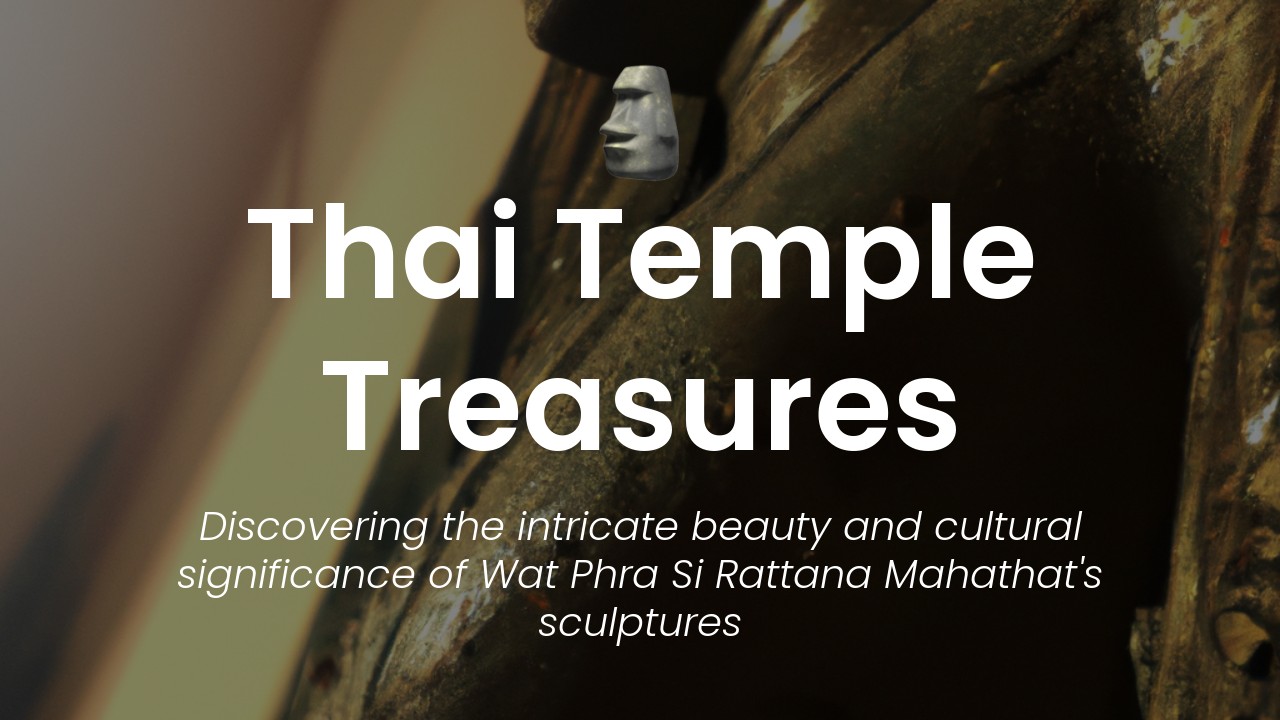Sawasdee ka! This is Sirinya, your Thai culture and tourism insider, and I am excited to share with you my latest adventure to one of Thailand's most stunning attractions – the Wat Benchamabophit Marble Temple. Also known as the "marble temple", it is without a doubt a must-visit destination for anyone traveling to Thailand.
Built in 1899 during the reign of King Chulalongkorn, the Wat Benchamabophit is undisputedly one of the most elegant and breathtaking temples in all of Thailand. Located in the Dusit district of Bangkok city, visitors can easily access it by taxi or tuk-tuk. Once inside, the temple's signature white marble structure will immediately leave you in awe. But it's not just the marble that makes this temple special. On the contrary, the famous red-tiled roofs, intricate carvings, and expertly crafted sculptures all work together to create a truly impressive masterpiece.
As a Thai national, I have been lucky enough to experience this temple many times both as a tourist and as a local, and I can honestly say that each and every time has been unique and special. Now, as your insider guide, I'm excited to share some of the temple's secrets and stories with you. So, if you're planning a trip to Thailand, or simply want to learn more about Thai culture and history, be prepared to be transported to the magical and enchanting world of the Wat Benchamabophit Marble Temple!
History of Wat Benchamabophit
As someone who values tradition and history, I always find myself drawn to the historical temples in Thailand. One such temple is the Wat Benchamabophit, commonly known as the Marble Temple. Located in the Dusit district of Bangkok, this temple is considered one of the most beautiful in the country, boasting an impressive collection of ornate decorations, intricate architecture, and serene surroundings.
The temple's construction started in 1899 during the reign of Rama V, and it was completed in 1911. It was designed by Prince Naris, a prominent Thai architect and the half-brother of King Rama V. Prince Naris was known for his artistic and creative talents as well as his dedication to preserving Thai identity and culture.
Architecture and Design of the Temple
The Marble Temple's stunning architecture is a unique blend of Thai and European styles, making it unlike any other temple in Thailand. The temple's exterior is made of Italian marble, hence its nickname. The marble contributes to the temple's immaculate appearance, which is a testament to the skill of the craftsmen who worked on its construction.
The temple's extravagant design showcases the principle of symmetry and balance in Thai architecture. The intricacy of the temple's details, including its carvings and filigree, captures the essence of Thai design sensibilities, and the use of European elements like stained glass windows adds another layer of unique beauty to the temple's overall structure.
Must-See Features and Highlights
The Marble Temple boasts several features and highlights that are a must-see for anyone visiting Bangkok. One such feature is the Viharn Phra Buddha Mondop, which houses a replica of the Emerald Buddha, the most sacred Buddhist image in Thailand. The replica is made of green jasper, and its incredible detail and vibrant green color make it one of the most striking elements of the temple.
Another feature of the temple is the Ubosot Hall, which is where the ordination of priests takes place. The hall is surrounded by 52 Buddha images, each one representing a different posture or gesture. The hall's pillars are also adorned with intricate carvings that illustrate scenes from the life of the Buddha, adding even more beauty to an already stunning space.
Insight into Thai Buddhist Culture
The Marble Temple is an excellent place to gain insight into Thai Buddhist culture. Visitors can observe the way Buddhists take part in rituals, such as lighting incense and offering flowers, which signify their respect for the Buddha and their commitment to the Buddhist path. The temple's serene atmosphere and the sound of monks chanting offer a glimpse into the peacefulness that Thai Buddhism embodies.
Tips for Visiting the Temple
If you plan on visiting the Wat Benchamabophit Marble Temple, there are a few tips to keep in mind. First and foremost, make sure to dress appropriately, which means covering your shoulders and knees. This is a sign of respect for the temple and its religious significance. Additionally, visitors should remove their shoes when entering the temple's main hall, as is customary in Thai temples.
Another tip is to visit the temple early in the morning to avoid the crowds that tend to arrive later in the day. The temple is open from 8 am to 5 pm, and admission is free. Visitors can explore the temple grounds on their own or join a guided tour to gain a deeper understanding of the temple's history and cultural significance.
Nearby Attractions and Activities
The Wat Benchamabophit Marble Temple is located in the Dusit district of Bangkok, which is home to several other notable attractions worth visiting. One such attraction is the Dusit Zoo, which is one of Thailand's oldest zoos and is home to over 1,600 animals. Another nearby attraction is the Ananta Samakhom Throne Hall, a stunning European-style building that served as the parliament building until 1932.
If you're looking for something more adventurous, you can head to the nearby Chatuchak Weekend Market, one of the largest markets in the world, where you can find everything from antiques and clothing to street food and souvenirs.
Final Thoughts on Wat Benchamabophit
As someone who has a deep appreciation for Thai culture and history, the Wat Benchamabophit Marble Temple is one of my favorite places to visit in Bangkok. The temple's intricate architecture, historical significance, and serene surroundings make it a must-visit attraction for anyone visiting Thailand's bustling capital city.
The Marble Temple offers a unique glimpse into the beauty and majesty of Thai culture and Buddhism, and I highly recommend including it in your itinerary when visiting Bangkok. Whether you're interested in history and architecture or simply looking for a peaceful place to reflect and connect with Thai culture, the Marble Temple is not to be missed.







